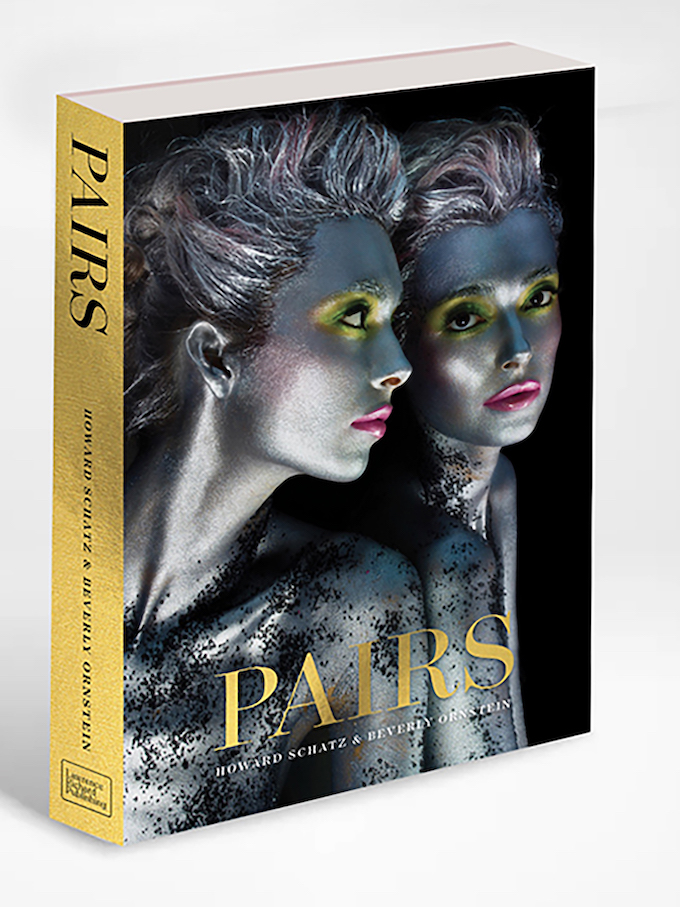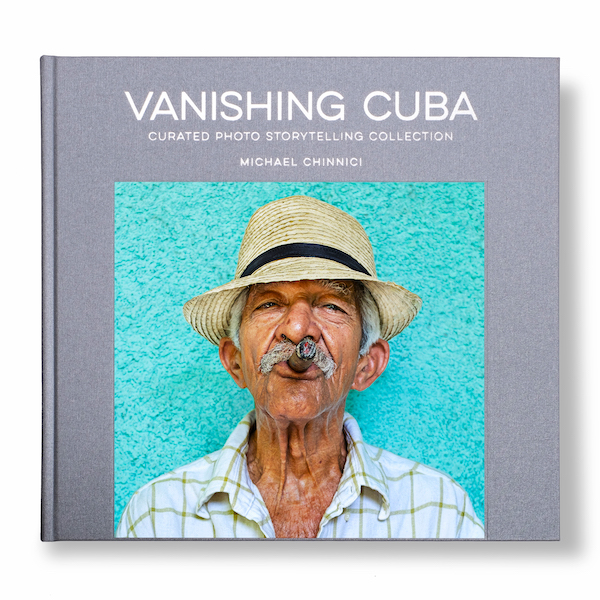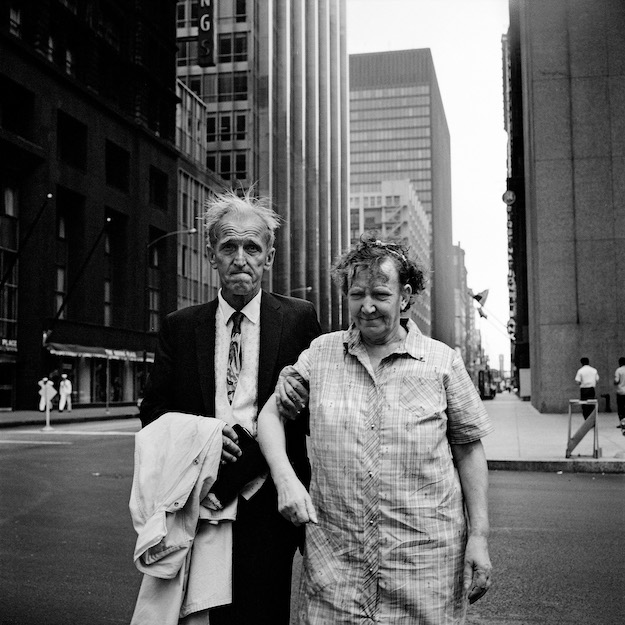Personal Imprints
May 27, 2013
When it comes to self-publishing a book, photographers have many cost-effective options to choose from, including production software such as Lulu, Blurb, CreateSpace (aka BookSurge), Shutterfly, My Publisher, MixBook, among others.
The days of conventional photo book publishing—with its shrinking budgets, heavy production cost hurdles, and an audience more and more prone to the distractions of cyberspace—seem to be a thing of the past.
One married photography team, Will and Deni McIntyre, sensed the beginning of this change in the book world years ago, and produced their first self-published title. Now the McIntyres have a personal imprint, Loose Ends Press, and just released their eighth glossy, beautifully-reproduced hardcover title, Three Ranches.
The McIntyres took on the project with the proviso that they would do the publishing, including design, photo editing and supervision of pre-press, printing and bindery functions. They’d learned great lessons from their previous books, and despite taking an occasional financial risk, they knew the trade-off value of maintaining control over such a product. (They’d done so with all their titles, even those with corporate funding behind them.) Their self-published and self-financed 2000 title, All Over the Map: Travel Photographs and the Stories Behind Them debuted to great reviews and was voted “Photography book of the Year” by the Independent Publisher Association.

All Photos © Will and Deni McIntyre/Loose Ends Press 2012
Above: This image, one of many featured in Three Ranches, depicts a cowboy checking on a member of the A Bar A Ranch herd after a September snowfall.
Three Ranches depicts a year of life on a stretch of cattle country west of the Medicine Bow Mountains in southern Wyoming and northern Colorado. It’s one of those rawhide, big sky photographic celebrations of cowboys. Certainly other books have covered this ground before; the subjects are the familiar, always compelling icons of Americana—people on saddle horses, surrounded by sweeps of aspen trees and luminous snow-topped mountains, woodsy firesides and lots of critters. The genre may be a familiar one to most consumers, but, as a self-published venture, Three Ranches deserves special attention from those of us who make our living at the craft of photography.
As such documentaries go, this one—regardless of who published it—could be a model for how to create a charming and richly informative profile of a lifestyle, presented as a single, long-form photo essay. The three properties referenced in the title—A Bar A Ranch (a guest facility near the North Platte River in Wyoming), State Line Ranch and Big Creek Ranch across the border in Colorado—are owned by the extended family of Denver-based financier and philanthropist Charles C. Gates.
Long before the McIntyres ever thought to publish this project as a book, they had a relationship with and a personal commitment to their subject—something they consider immensely helpful to the success of any self-published project, including their seven previous titles.
They began their interaction with the Gates consortium as guests of A Bar A Ranch back in 2002. As accomplished and widely-published travel and action photographers with numerous magazine and corporate clients, the McIntyres are also seasoned equestrians. Their knowledge of horsecraft, saddlery and the details of ranch life began to yield an abundance of photo coverage during their annual visits to A Bar A.

Above: A hay barn at Big Creek Ranch in Colorado.
As is evidenced by Three Ranches, they know how a cowboy will move to turn a cattle herd or tie off a calf rope on his (or her) saddle horn. They know when the light will filter just so through the dusty air of a horse barn to silhouette a ranch hand sweeping up hay. And they know how to read a high-country sky for the black clouds that will pile up behind a sparkling white sunlit barn roof. Most of these shots got fast-tracked into the McIntyres’ stock picture library, but the ranch owners quickly recognized in this creative pair a valuable resource for their own advertising and promotional needs. They invited the couple to visit and shoot their other two working ranches. Before long, a copious body of imagery began to emerge, detailing the distinctive cowboy and rancher’s way of life, some of which, the owners acknowledged, was gradually disappearing. They decided to do a book that would document their operations, in an elegant hardcover package that could be sold in the gift shop of A Bar A Ranch.
Three Ranches came out of the pipeline as a far more powerful product than just a memento of a dude ranch vacation. Amazon.com and Loose Ends Press both sell the book—a hardcover, elegant photo collection meticulously designed and reproduced on heavy, coated paper stock—online. It’s a great salute to the cowboy and his corner of the world, but more importantly for us, it’s an example of what can be achieved in our corner, where shooters with a little nerve and vision can take charge of their own images and produce quality, commercially-viable photography books.




